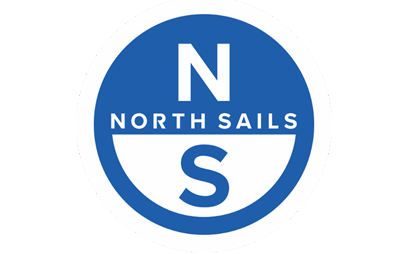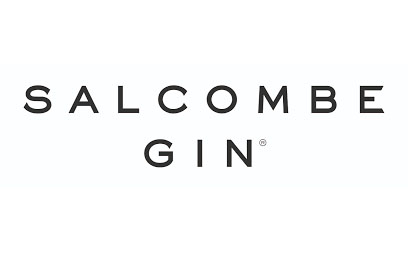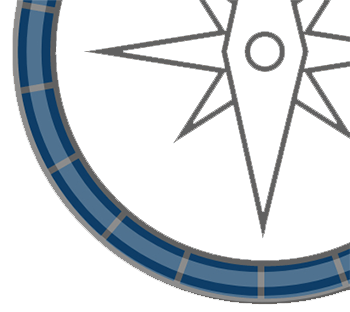
Charlie Dalin, the Vendée Globe’s anglophile leader
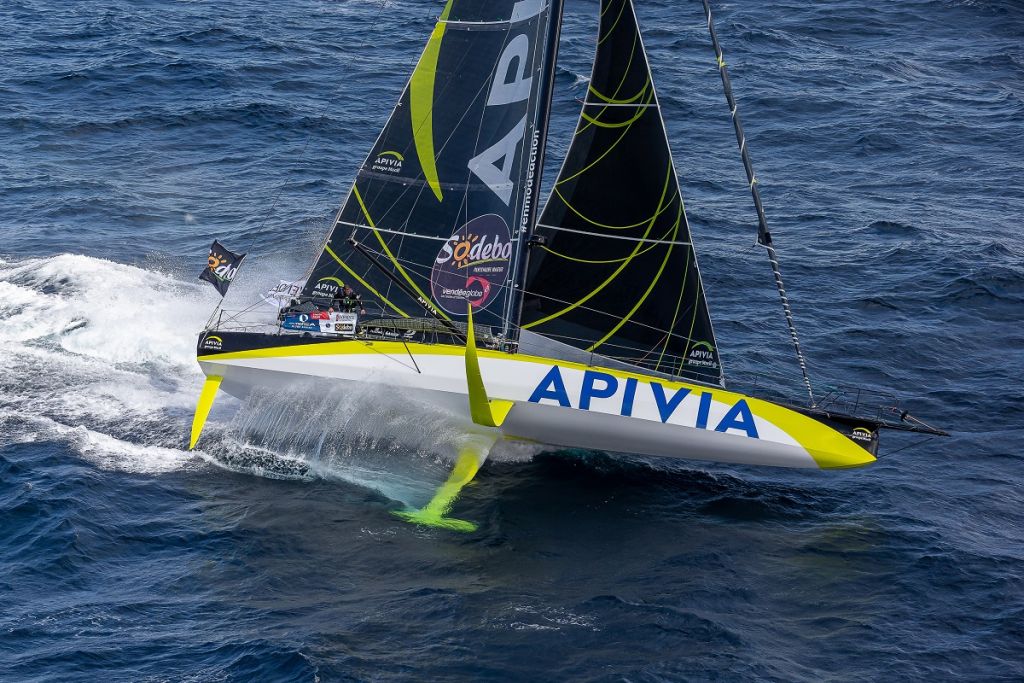

While British race favourite Alex Thomson’s Hugo Boss and Sam Davies on Initiative Coeurs have sadly been forced to retire from this Vendée Globe, Brits might instead this week adopt Charlie Dalin, who’s yellow IMOCA Apivia has regained the lead this morning after a small hiatus overnight.
Dalin studied Ship Science/Yacht and Small Craft at the University of Southampton in the early 2000s followed by an internship with the late Ed Dubois, during which time he regularly sailed in the Round the Island Race, Cowes Week, Hamble Winter Series and RORC races with accolades such as winning the 2004 Round the Island Race and Commodores’ Cup aboard the Farr 52 Bear of Britain...“like all of the yacht design students did, whether they were at the Institute or the University. They were good memories,” Dalin recalls.
While the talented Dalin could have followed a career culminating in a job with an America’s Cup campaign, instead he chose to become a professional sailor and so began his journey up through the French pathway, first in the Classe Mini and then the Figaro. In both he demonstrated himself as a top contender. In the Mini he twice won the Transgascogne and was runner-up in the 2008 Les Sables-Les Açores-Les Sables race and in the 2009 Transat 6.50 La Rochelle-Salvador de Bahia (Mini Transat). In the 2010s he graduated up to the more refined one design world of the Figaro, becoming a regular at the Pôle Finistère course au large in Port la Foret, an elite and long established facility, that has gained a reputation for being the world’s best training centre for offshore sailors.
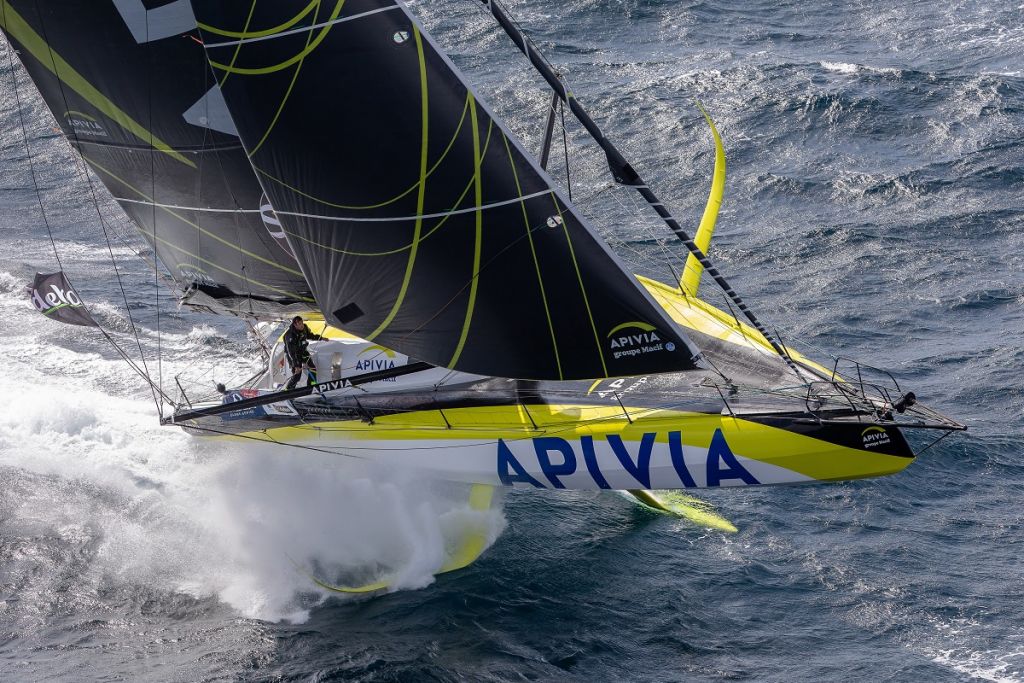 Charlie Dalin's APIVIA © JM.Liot-Alea / disobey / Apivia
Charlie Dalin's APIVIA © JM.Liot-Alea / disobey / Apivia
While Dalin never won the Figaro class' top event, La Solitaire, in an event where top names often struggle to get into the top 10, he did podium in four consecutive races between 2014 and 2017. One step up to helping him achieve this was being signed up in 2015 to be part of the Skipper Macif program, the French insurance giant supporting the top young talent already in the Figaro class with their own coaching and support (much as the Artemis Offshore Academy used to in the UK).
Once into the Macif program, Dalin has stayed, and aside from his own raw talent, this is one key component of his present success. While Macif may have pulled the sponsorship plug on Francois Gabart’s Ultime campaign, they remain deeply involved in sailing via their Figaro program and Dalin’s IMOCA sponsor, Apivia, is a subsidiary of Groupe MACIF.
Equally important is that Dalin’s campaign is involved with Gabart’s company MerConcept and it should be remembered that Gabart himself was an acolyte of two time Vendée Globe winner Michel Desjoyeaux. While Guillaume Verdier designed Apivia, Dalin as well as Gabart and his brains trust at MerConcept were also integral to the process. And going full circle, this is why Dalin’s degree has perhaps given him an edge over his competition, as he explains: “It definitely helps because today the boats are getting more technical and you spend a lot of time looking at spreadsheets and VPP results and CFD and FEA simulations. It is much more complicated than it used to be and it is important to understand how the boat works with the foils. Before you just had a daggerboard, keel and rudder. Now you also have foils and can move the [rake of the] foils and they have lift and righting moment. The boats are much more complicated to understand so an engineering background definitely helps on many levels.”
This has also helped to keep Dalin in the game in this Vendee Globe. Mid-December, while lying some 900 miles south of Tasmania, he experienced a ‘heart in mouth’ moment when a horrendous cracking sound came from his port foil. Fortunately there was no water ingress that might have occurred in the case of a collision and closer inspection revealed it to have been a structural issue with the bottom bearing inside where his foil exits its case. Slowing down and gybing on to port to keep the damage out of the water, Dalin, with advice from experts within his technical team ashore, was able to effect a repair that had kept him in the race. However it seems that his performance on starboard tack is slightly compromised most likely due to lack of a rake control and photos of Apivia taken by the RAF off the Falkland Islands indicate that Dalin has lashed the end of his port foil.
More developed foils has increased the speed of the present generation IMOCAs with top speeds now into the mid-30s and 25 knot hourly average speeds possible in the right conditions. With this has come an increase in the discomfort on board, but Dalin says this comes as no surprise. “We knew that when we were designing it, with the foils. It was written! You can’t go fast for free...” But he says that this is one of the interesting aspects of IMOCA design and the Vendee Globe – boats can develop faster than humans.
“The more we progress with the IMOCAs, the more human factor becomes important. The limiting factor is truly the skipper today. We gain 10-15% in performance every four years with every generation of the IMOCAs. We say ‘we cannot do better’ but for sure we do. In 2024 the boats will be faster again. But humans are not progressing, so we are spending a lot of time and money to find solutions to go for faster for longer periods of time and being able to cope with the speed and the slamming and everything.” Hence why modern IMOCA have enclosed cockpits to varying degrees and we may one day start seeing offshore powerboating technology start to migrate to them.
It is now fingers and toes crossed for Dalin to remain in front for the final miles back to France. Assuming all goes according to plan, Apivia’s sponsorship continues on until the Route du Rhum 2022 and with a title to defend in this year’s Transat Jacques Vabre that will be on the schedule for this autumn as well as the Rolex Fastnet Race, especially now that it finishes in France and forms part of the IMOCA calendar.
Dalin has a strong track record in the Rolex Fastnet Race having won the Figaro class doublehanded with Nicki Curwen in 2013 and then two years later finishing second in the IMOCA class aboard Quéguiner - Leucémie Espoir with Yann Eliès.
“It is a race with a massive heritage, established for many years,” Dalin says of the race. “It is one of the most classic races you can do, where you can mix pros and amateur sailors. You can have very gentle conditions in the Irish Sea but you can also have very extreme conditions like there was obviously in 1979 – although I was not born then... ‘The Fastnet Race’ you associate it with a lot of things. It is definitely a race you are proud to do and proud to win.”
Having spent much time in the Figaro and Mini classes, the course is very familiar to him as both classes have events that head across the Celtic Sea towards Ireland. “The course is interesting - it is a mix of coastal racing, often upwind along the south coast of England with the sea breeze and playing with the tides - a lot like a long Figaro leg... You have to play with the tides and the sea breeze and the land breeze when the night comes. When you get into the Celtic Sea the field of play gets a bit wider and often the conditions change a bit - you can get a bit more wind and most of the time you come back down with a front of some kind or low pressure and you see some higher speeds downwind.”
As to the new finish of the Rolex Fastnet Race into Cherbourg, Dalin says that it changes the final obstacle of the course. Finishing in Plymouth was always tricky, especially at night when the breeze could disappear and there were plenty of opportunities for those astern to catch and even pass you. Finishing in Cherbourg instead it will be a different challenge: How best to tackle the ‘Raz Blanchard’ (Alderney Race).
“You have very strong tides with the Raz Blanchard, which can make it a very tricky area to sail and the sea state can get really nasty and the sea breeze is hard to understand because at the beginning you have a westerly sea breeze on the west side and a northerly sea breeze on the north side of the Cote Cotentin and an easterly sea breeze around Barfleur and the east coast and because of the shape of the peninsula they all get mixed up. So it is not easy to get right.
“I have finished there on Figaro legs where it was all down to the crossing the Alderney Race between the Channel Islands and Cherbourg. So your navigator will still have to be fresh at that point because you can make huge gains and losses in this area - on the old course you had a huge tidal gate at Portland Bill. Now you have two at Portland Bill and Raz Blanchard!”

